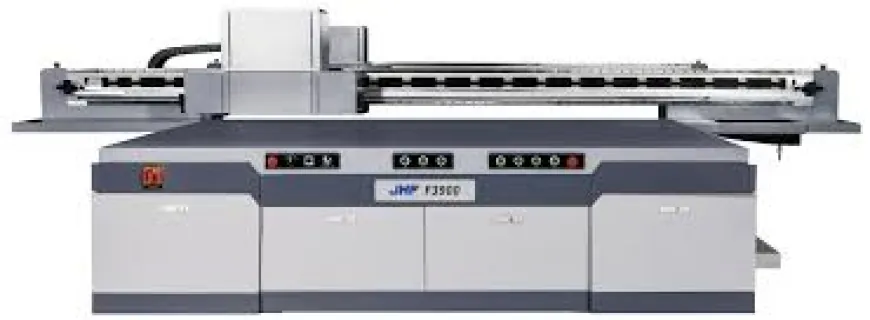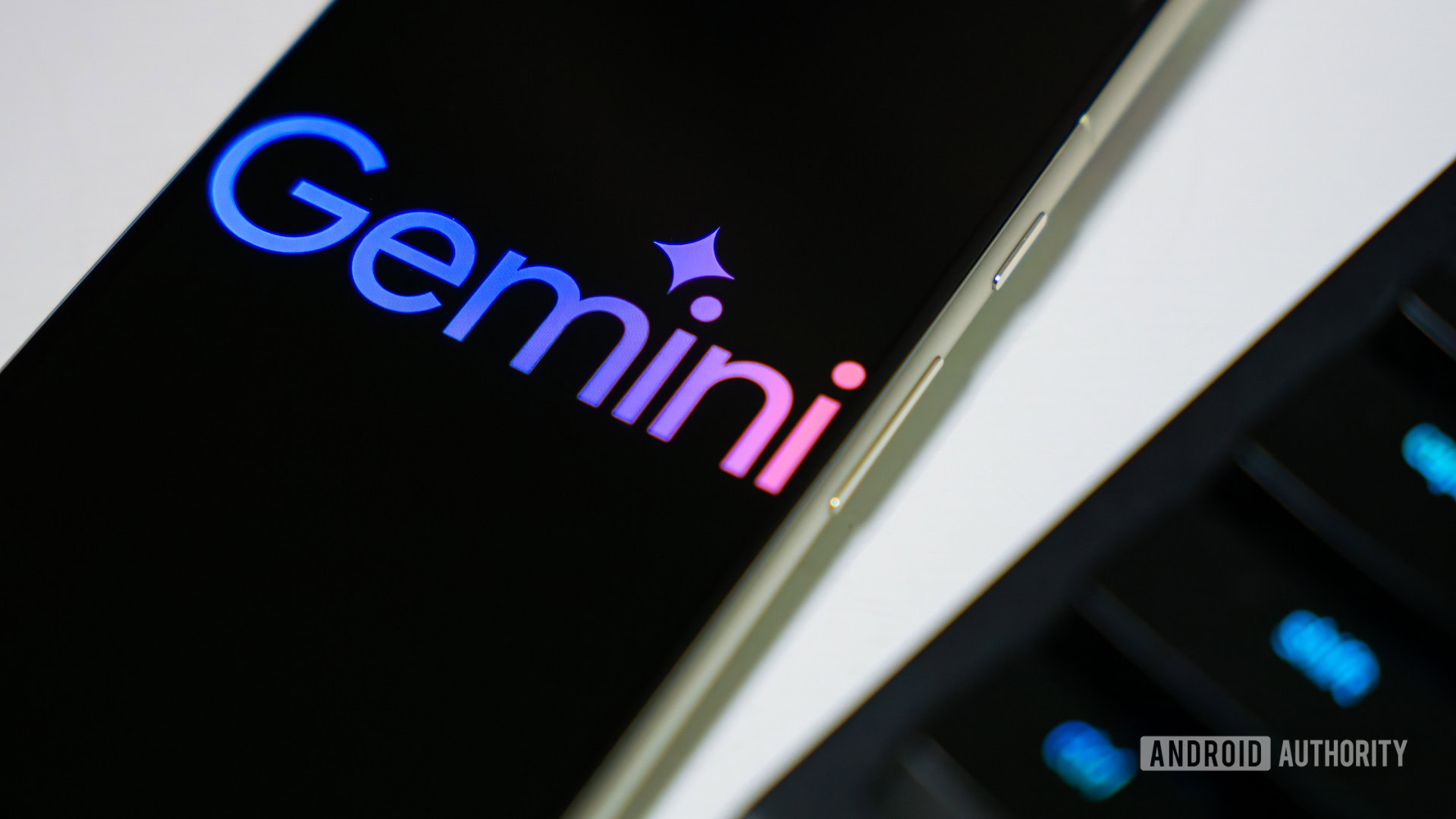Printers – Finding the Perfect Fit for Your Needs
Printers

Printers have become indispensable tools in both professional and personal settings, providing a convenient way to produce everything from essential documents to cherished photographs. With a variety of options available, from basic inkjets to high-capacity laser printers, understanding the distinctions between types of printers and their functions is essential for finding the right one. This guide covers the key features, benefits, and choices to consider in your search for the ideal printer.
Types of Printers
The market offers numerous printer types tailored to diverse needs. The two most common categories are inkjet and laser printers, but there are several other specialized options as well.
-
Inkjet Printers: Known for versatility, inkjet printers use liquid ink cartridges and can print on a range of paper types and sizes. They're ideal for both text documents and color images, making them popular among home users.
-
Laser Printers: Using toner rather than liquid ink, laser printers are known for high-speed printing and efficiency. They’re especially favored in offices for their ability to handle large volumes of documents at a lower per-page cost.
-
All-in-One Printers: Offering printing, scanning, copying, and sometimes faxing, all-in-one printers are highly versatile. They can be either inkjet or laser, catering to home offices and businesses that need multiple functionalities in one machine.
-
Photo Printers: Designed specifically for high-quality image printing, photo printers use specialized inks to produce vibrant photos. They’re perfect for photographers or anyone who prints photos regularly.
-
3D Printers: An innovative technology, 3D printers create three-dimensional objects using materials like plastic or resin. They're used in various fields, including engineering, design, and manufacturing.
-
Portable Printers: Compact and lightweight, portable printers are great for printing on the go. They’re often wireless and compatible with smartphones, making them perfect for business travelers.
Key Features to Consider When Choosing Printers
Choosing the right printer involves looking at the features that matter most for your needs. Here are some key aspects to consider:
-
Print Quality: For professional documents or vibrant photos, print quality is a top priority. Laser printers typically offer sharp text, while inkjet printers can provide excellent color quality. Resolution, measured in dots per inch (DPI), is a good indicator of print quality.
-
Speed: Measured in pages per minute (PPM), printing speed can vary widely across printer types. For heavy printing needs, laser printers offer faster output, while inkjet printers are slower but better suited for color and image-intensive printing.
-
Connectivity: Today’s printers offer various connectivity options, including USB, Wi-Fi, Ethernet, and Bluetooth. Wireless printers are convenient for homes and offices, enabling multiple devices to print without direct connections.
-
Ink and Toner Costs: Over time, ink and toner costs can add up, especially with high-volume printing. Laser printers, although more expensive upfront, have lower long-term costs for toner refills, whereas inkjet printers may have more frequent cartridge replacements.
-
Paper Handling: If you print different paper sizes or weights, look for printers that support multiple types. Paper trays, feeders, and duplex printing capabilities are useful for diverse printing tasks.
-
Energy Efficiency: Many modern printers are energy efficient, which not only benefits the environment but can also reduce operational costs. Look for ENERGY STAR-rated printers if energy use is a concern.
Benefits of Owning a Printer
Owning a printer can be highly advantageous, both personally and professionally. Here’s how having a printer at your disposal can be beneficial:
-
Convenience: With a printer, you can create documents, labels, photos, or presentations anytime without relying on print shops.
-
Cost Savings: Printing at home or in-office can be more affordable in the long term than using external print services for regular needs.
-
Control and Privacy: Sensitive information like contracts, personal records, or confidential work documents can be securely printed in-house.
-
Customization: For those in creative fields, owning a printer allows more control over the color, format, and finishing of prints.
-
Enhanced Productivity: In a professional environment, having a reliable printer streamlines operations by enabling easy access to hard-copy documents, reports, and other resources.
Best Practices for Printer Maintenance
To keep a printer running optimally, regular maintenance is essential. Here are some tips for maintaining your printer:
-
Regularly Clean the Printer: Dust and debris can affect print quality. Regularly clean the printer’s rollers, paper tray, and exterior for the best results.
-
Use Quality Paper: Low-quality paper can leave fibers inside the printer, which may cause jams and reduced print quality. Using appropriate paper types also improves print output.
-
Update Drivers and Firmware: Manufacturers often release updates for drivers and firmware to improve performance and fix bugs. Ensure your printer’s software is up-to-date for smoother operation.
-
Avoid Long Inactivity: Printers can clog or experience mechanical issues if unused for long periods. Run a test print occasionally to keep the machine active.
-
Monitor Ink or Toner Levels: Running out of ink mid-print can cause poor quality output and even damage the printer. Keep a spare ink or toner cartridge on hand to avoid disruption.
-
Use Proper Storage for Ink Cartridges: For inkjet printers, store cartridges in a cool, dry place to prevent them from drying out before use.
Top Brands for Printers
Several reputable brands are known for producing reliable and high-quality printers. Here are a few popular names:
-
HP: Known for its wide range of models, HP offers both affordable home printers and robust office solutions, with many wireless and all-in-one options.
-
Canon: Famous for its photo printers, Canon provides high-quality printers for both image and text printing. Its all-in-one printers are widely popular among small businesses and home offices.
-
Epson: Epson is popular for ink-efficient printers, especially for those who need reliable color printing. Their EcoTank models have gained attention for their cost-saving ink technology.
-
Brother: A trusted name in laser printers, Brother offers durable printers with great speed and efficiency, making it a favorite for office settings.
-
Xerox: Known for commercial and high-volume printers, Xerox produces reliable options for businesses that need heavy-duty printing.
Eco-Friendly Printing Options
For those concerned about environmental impact, some printers and practices can help minimize waste:
-
Refillable Ink Tanks: Printers with refillable ink tanks, such as Epson’s EcoTank series, reduce the need for frequent cartridge replacements, leading to less waste.
-
Duplex Printing: Many modern printers have duplex (double-sided) printing options, which reduces paper usage significantly.
-
Recycling Programs: Some manufacturers offer recycling programs for cartridges, making it easier to dispose of them responsibly.
-
Print Preview and Digital Options: Using print preview and opting for digital documentation whenever possible helps reduce unnecessary prints and paper use.
Conclusion
Whether you need a printer for home, office, or professional-grade photography, there are many factors to consider to find the ideal one. Assess your needs, review the key features, and choose a brand and type that aligns with your requirements. With the right choice and regular maintenance, a printer can be an invaluable asset that streamlines your workflow and enhances productivity.
What's Your Reaction?
 Like
0
Like
0
 Dislike
0
Dislike
0
 Love
0
Love
0
 Funny
0
Funny
0
 Angry
0
Angry
0
 Sad
0
Sad
0
 Wow
0
Wow
0






















































